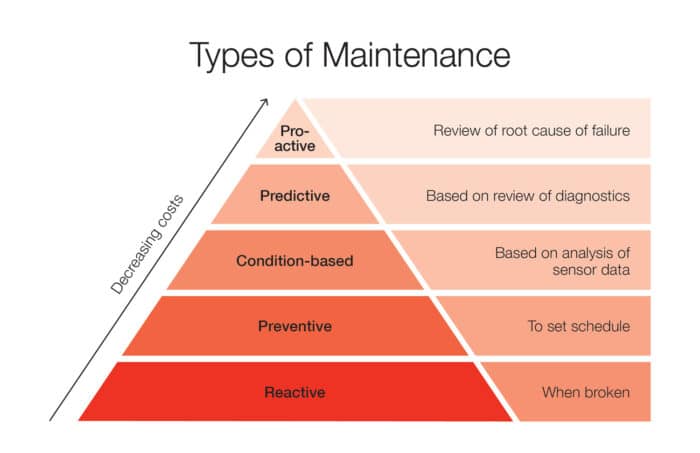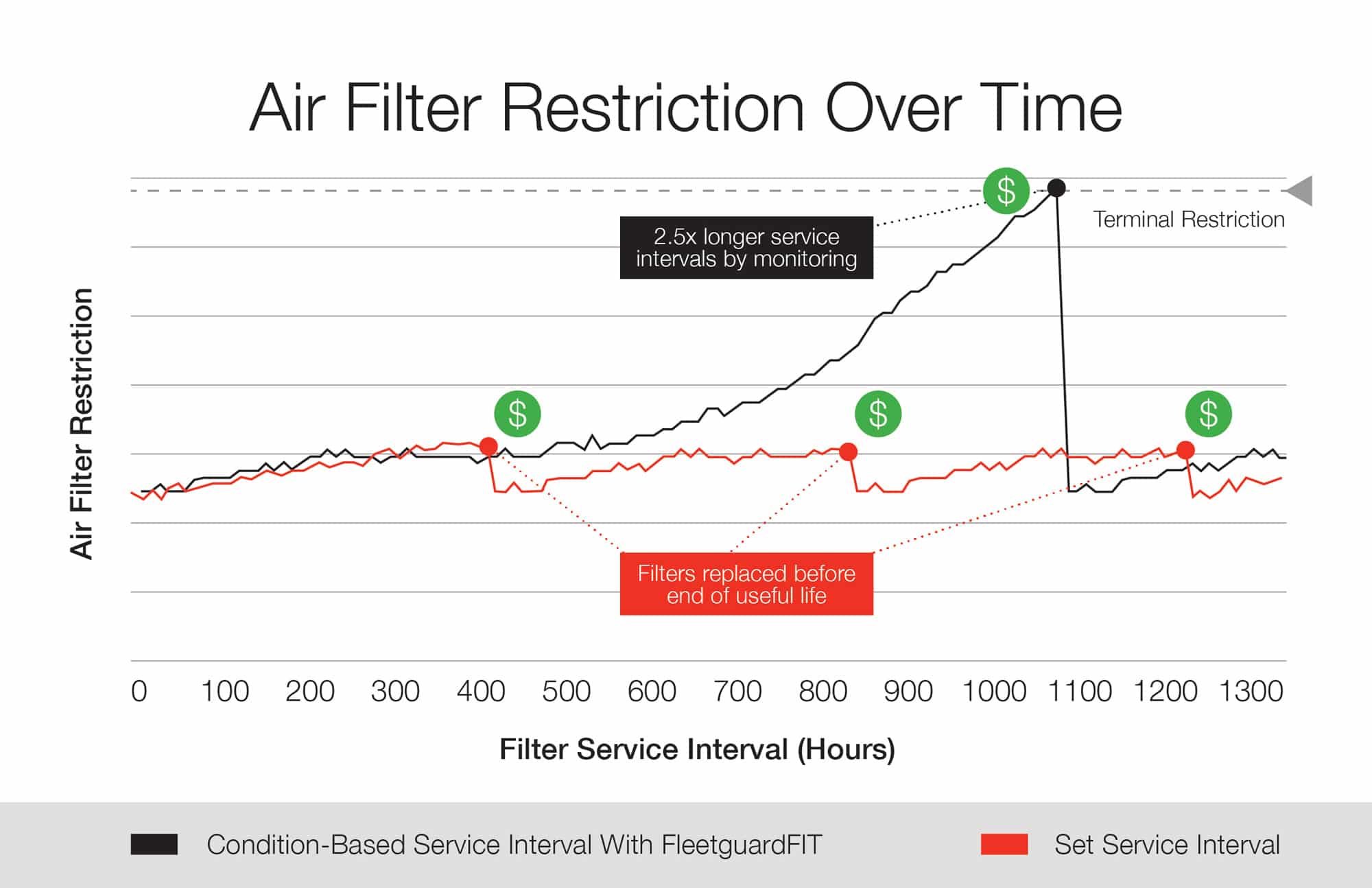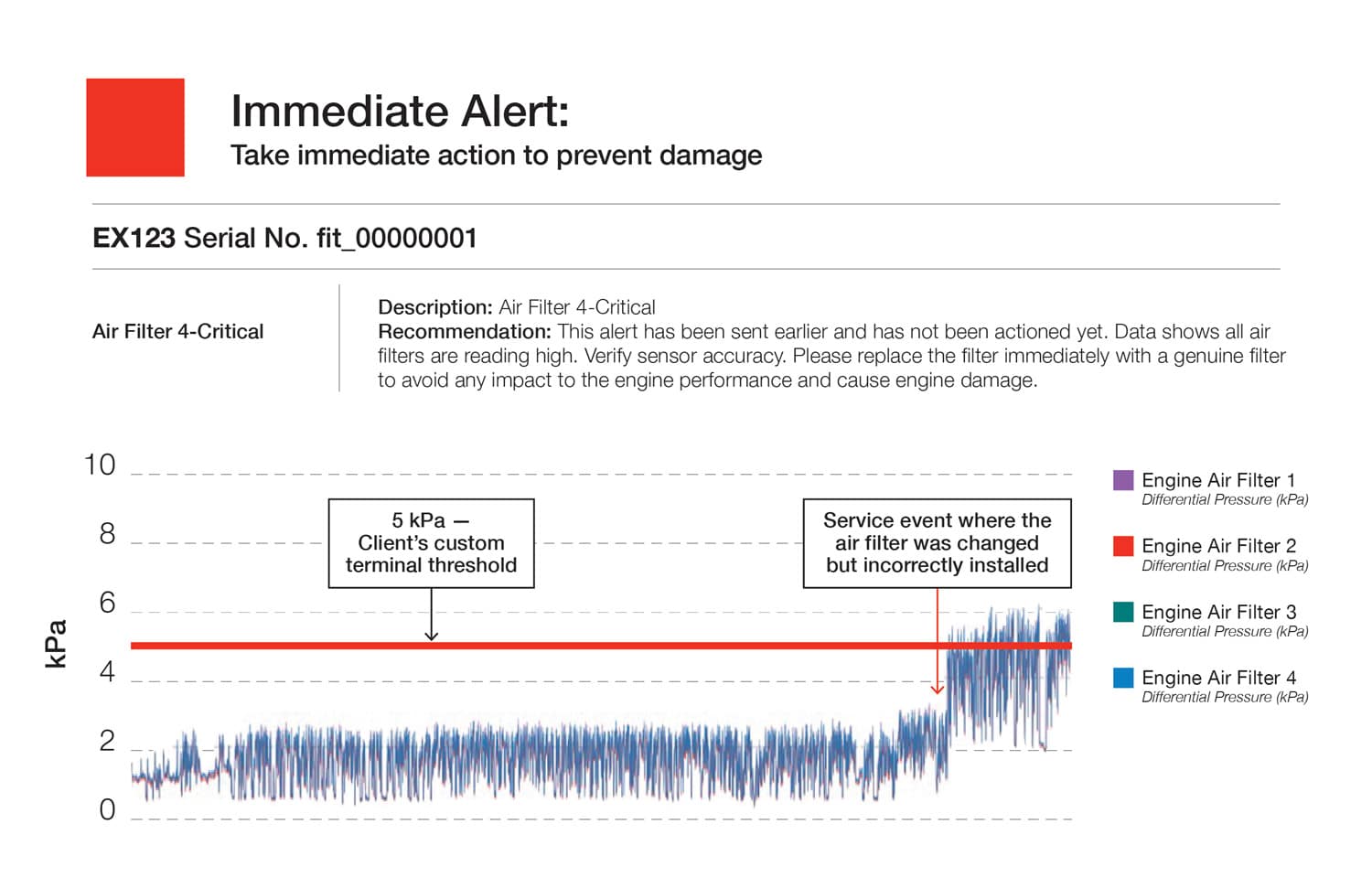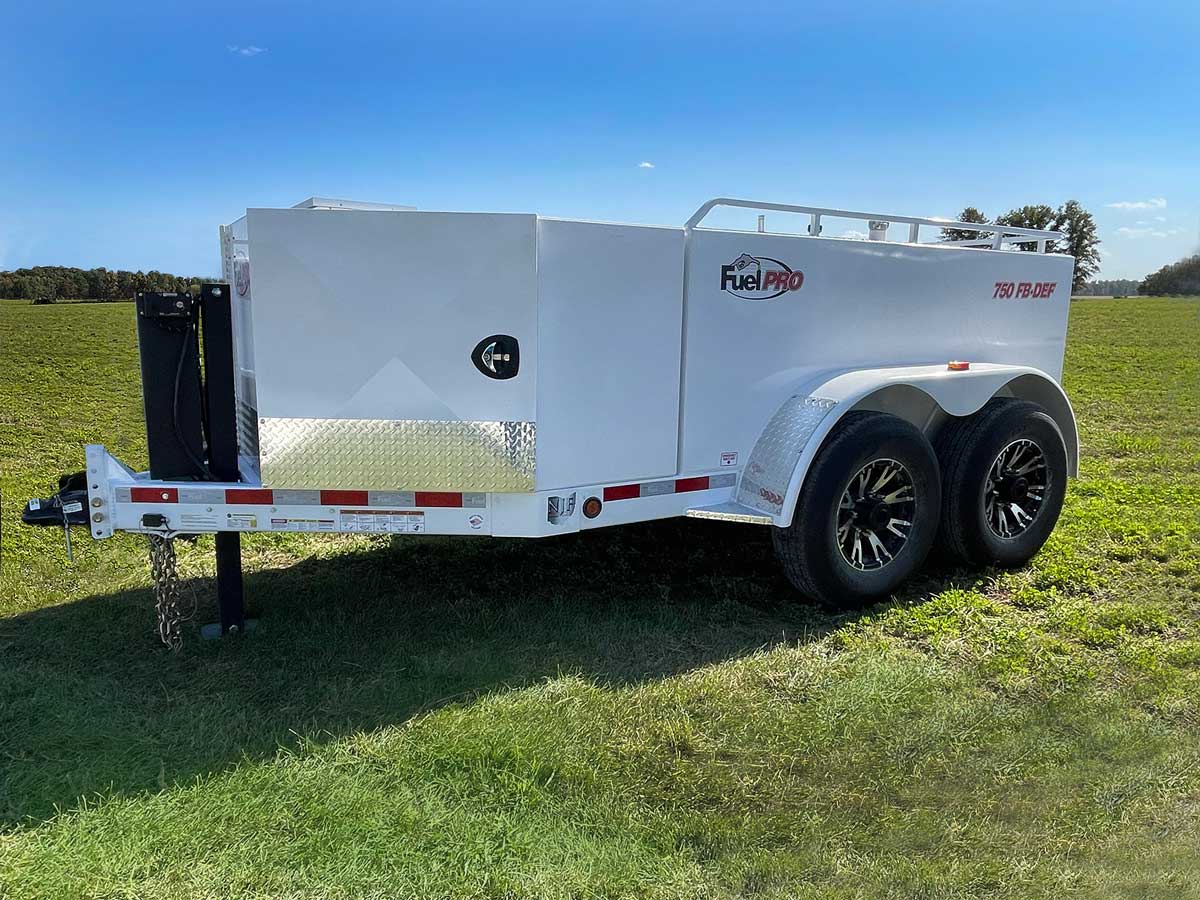Smart Filter Maintenance Reduces Costs and Downtime

Proper filter maintenance can help any engine or system run more reliably by reducing unplanned failures. But the type of maintenance also has a significant impact on performance. Practices that seem cost-effective up front may have hidden costs that can return to haunt you later. Investing in smarter strategies can deliver significant savings, even in the short term.
This article highlights the pros and cons of five common filter maintenance strategies, ranking their efficiency at delivering uptime and cost benefits. The five strategies build upon one another, and the lines between them are not always clearly defined. Some strategies cover more than one category of maintenance depending on how they are used.
Reactive Maintenance
Reactive maintenance is exactly what its name implies — no attempt is made to replace or maintain filters until a problem is detected. Impractical as this may sound to many, equipment owners sometimes justify reactive maintenance as a cost-saving measure, i.e., “If it isn’t broken, don’t fix it.”
“This is a short-sighted strategy, because plugged filters can cause significant damage to engines, fuel systems and components before signs of a problem become apparent,” said Paul De Haes, technical support manager, EMEA, Atmus Filtration Technologies.
“For example, a blocked fuel filter could allow contaminants to build up inside the fuel system, accelerating corrosion and wearing mechanical parts. Left unchecked, these issues will eventually lead to damaged fuel pump components and leaking injectors.”
At best, reactive maintenance can lead to unscheduled breakdowns, resulting in costly downtime and unnecessary parts replacements. At worst, it can lead to premature equipment failure and create conditions that are hazardous to equipment operators.
Preventive Maintenance
Traditionally one of the most common forms; preventive maintenance services every filter on a set schedule. This was a best practice before the development of condition monitoring technologies and remains one of the best-understood strategies today.
Although this type of maintenance can prevent many service incidents, it’s not the most cost-effective strategy because filters are often changed before the end of their useful life — or too late if the working environment changes. This is particularly important for air filters, which are least efficient when new, before they have developed a layer dust cake. Changing an air filter too early can increase maintenance costs in the short term and contribute to engine damage in the long term. Changing them too late can put unnecessary stress on your engine resulting in reduced performance.
One potential pitfall of preventive maintenance is that it’s easy to get off schedule. This is particularly true if maintenance teams are understaffed or lack the resources necessary to keep up with the plan. Further, because preventive strategies aren’t based on equipment health, maintenance teams can struggle to prioritize their efforts where they are most needed.
Unscheduled breakdowns often take precedence over preventive maintenance programs, effectively causing them to devolve into reactive maintenance.
Condition-Based Maintenance
Sensors and other equipment monitoring technologies have revolutionized maintenance by providing visibility into filter health. These solutions range from simple visual indicators on the equipment itself, such as gauges or lights that provide basic health information, to sophisticated systems that enable remote monitoring and real-time alerts.
Condition-based maintenance is the most basic strategy that takes advantage of these technologies. Sensors measure the loading of each filter, sending a notification to the operator when it reaches a certain threshold. The health of lubrication oil can also be monitored. The operator receives an alert when the oil quality sensor indicates the oil has deteriorated beyond a specified level or become contaminated or diluted.
Notification thresholds are typically set to send alerts before critical conditions are reached, but close to the end of useful service.
Filter monitoring capabilities include:
- Air filter health — enabling optimized filter maintenance
- Liquid filters — measure differential pressure across multiple filters
- Oil quality — monitors for contaminants and deterioration
- System health — monitors connectivity, detects sensor issues and anomalies outside of expected data ranges
The most significant advantage of condition-based maintenance is optimizing filter and oil life. Service isn’t performed until the ideal time to do so, ensuring that the user gets maximum use without risking adverse effects.
The graph below shows an example of the effectiveness of condition-based monitoring in a mining haul truck, using air restriction sensors. The mining operator had been changing air filters every 400 hours but was able to safely extend their use to more than 1,000 hours by using the FleetguardFIT® real-time monitoring solution. As a result, the user was able to extend air filter service intervals by two and a half times, resulting in a 60% reduction in filtration maintenance costs per year.

The same user achieved similar benefits by applying condition monitoring to the fuel water separators and secondary fuel filters, resulting in even more cost savings.
Predictive Condition-Based Maintenance
This strategy adds another layer to condition monitoring technology, analysing diagnostic information from the sensors for anomalies or patterns that indicate current or future problems.
For example, an alert might be triggered by events like these:
- Current issue: Engine oil has exceeded its maximum useful life
- Future issue: An air filter is 85 percent loaded and will need to be changed soon
- Anomaly: Oil exhibits signs of fuel dilution, please investigate immediately
“Predictive maintenance systems can be extremely valuable to equipment owners because they have the potential to detect and prevent catastrophic events before they occur,” said De Haes. “They can also enable smarter decisions and optimized scheduling by indicating how soon a problem needs to be addressed, potentially reducing downtime by allowing the user to resolve issues during the next scheduled service.”

Like condition-based maintenance, predictive monitoring ensures that filters aren’t changed while they still have useful life. In addition, they can help protect equipment by detecting issues that could result in damage or impaired performance, such as incorrect filter installation or contaminated fuel.
For example, a timely critical alert prevented a catastrophic engine failure on a dual engine excavator. A sudden spike in air filter differential pressure exceeded the company’s maximum threshold. Investigation revealed that a technician had installed the new air filters incorrectly, allowing dust to bypass the outer element. Early detection saved the company approximately USD $1.17 million (€1.08 million) dollars in parts, labor and downtime.

Proactive Condition-Based Maintenance
Proactive maintenance builds upon condition monitoring and predictive maintenance by using historical data and expert analysis to pinpoint the root causes of issues and prevent them from happening in the future.
For example, a mining operation with multiple haul trucks was experiencing premature filter clogging issues. Sensor data from liquid differential pressure sensors helped trace the problem to a specific bulk fuel tank that had accumulated sludge over time. The operation alerted its remaining haul trucks to temporarily refuel at other docks while the problem tank was cleaned. This measure avoided unnecessary downtime.
In addition, a proactive maintenance strategy can confirm the completion of service events, providing proof via a change in the data. Beyond the operational benefits, service records like these are beneficial for resale, insuring equipment and supporting warranty claims.
Proactive maintenance can also decrease your carbon footprint throughout the supply chain by reducing the number of filters that need to be produced, transported, consumed and disposed of.
Final Thoughts
As we’ve seen, each step up the maintenance strategy pyramid reduces total costs while increasing uptime, performance and service life of both filters and equipment. Proactive maintenance is the most beneficial of the strategies covered herein and can quickly repay your investment in many applications. Consult your filter supplier to identify opportunities to optimize your operation with a complete maintenance strategy.
Paul Louwe is a technical senior support engineer for Atmus Filtration Technologies.




